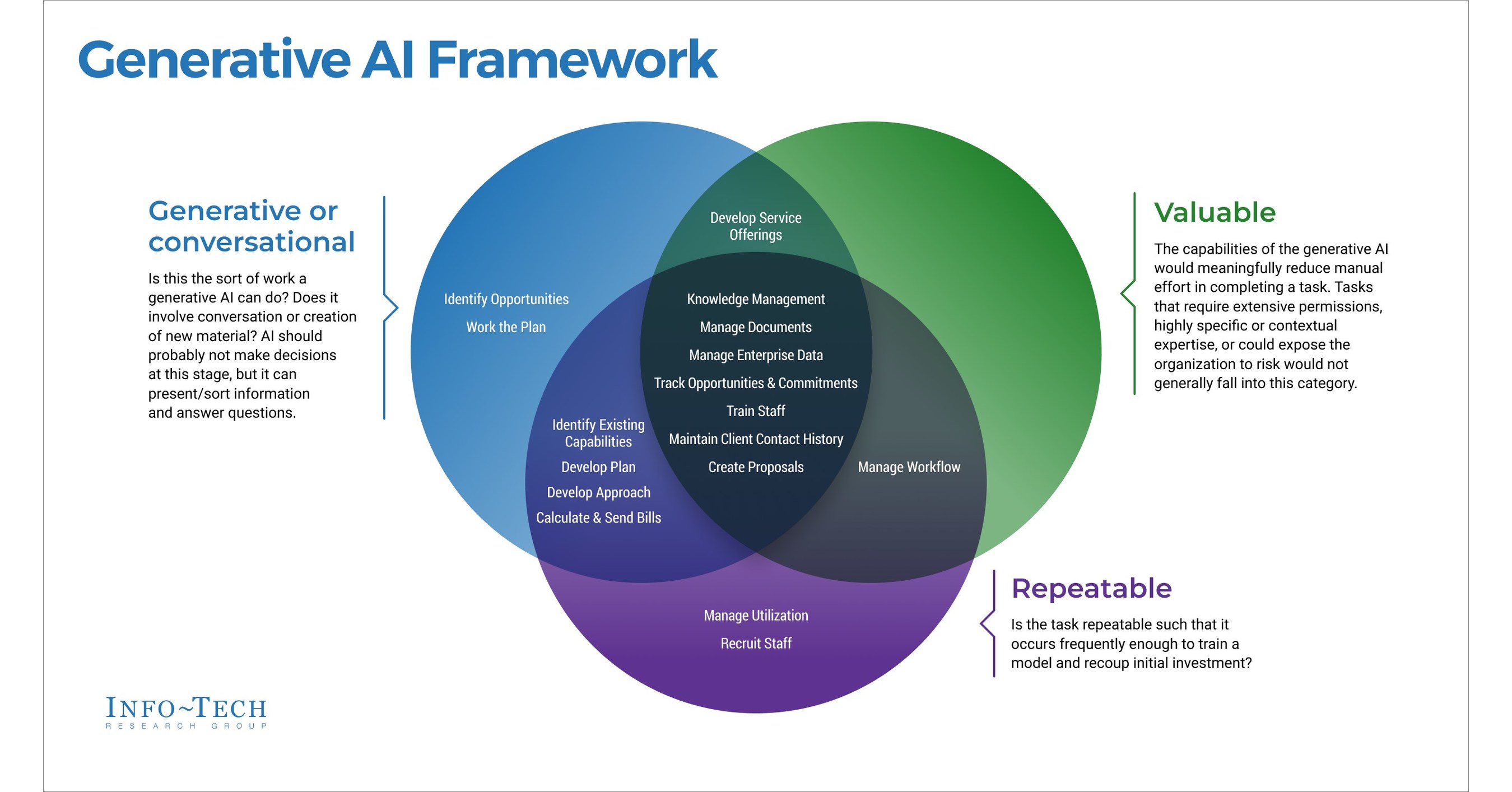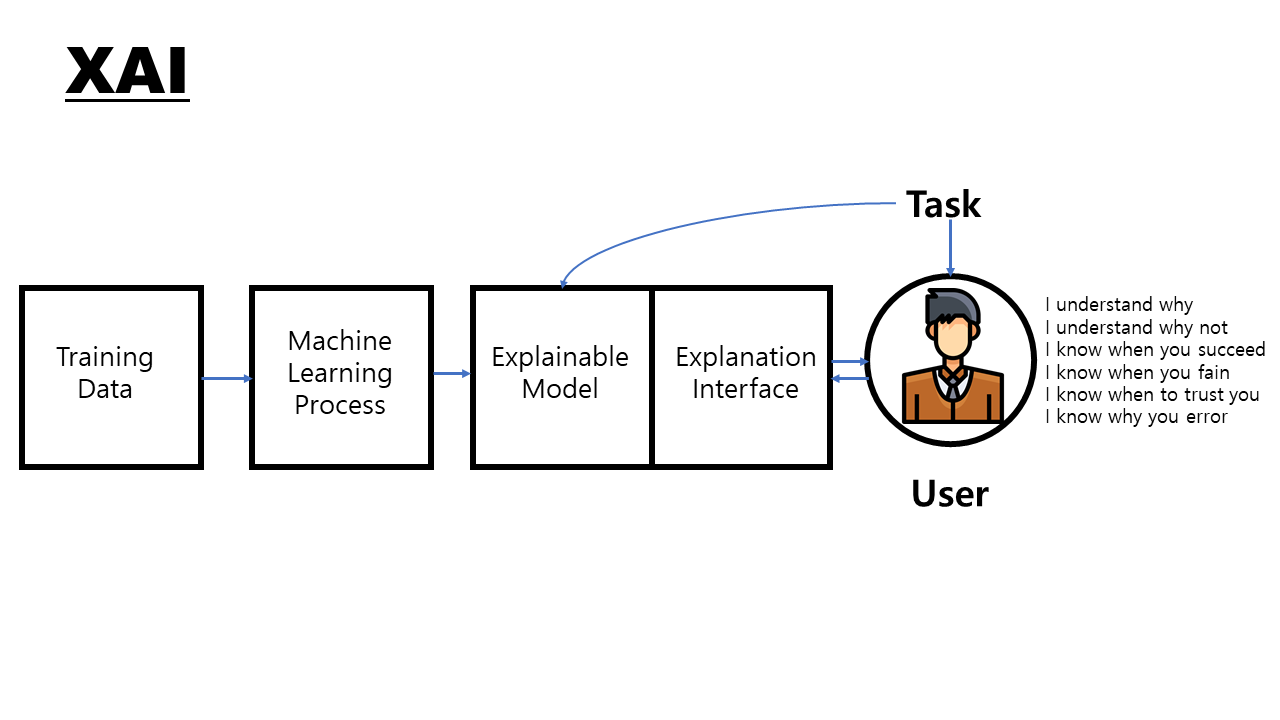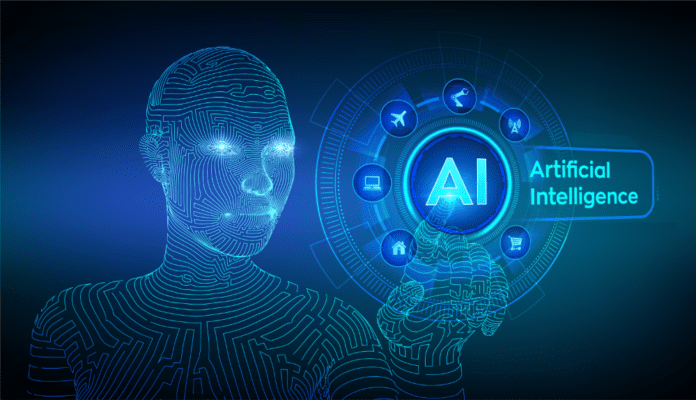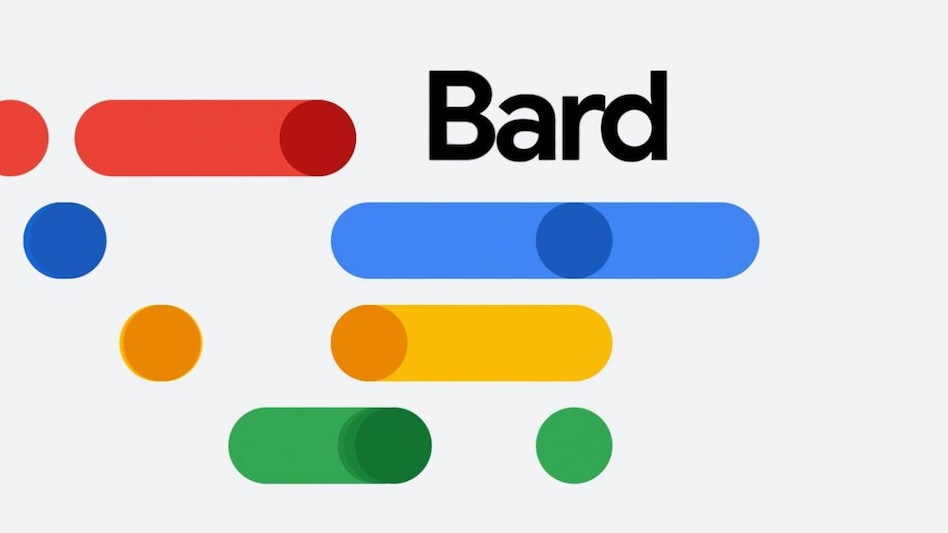The future of AI is filled with possibilities. From improving procedures in different industries to making healthcare and education more personalized, it might completely transform several sectors. Imagine healthcare systems powered by AI aiding in the early identification of illnesses and personalized medicine or AI-powered tutors developing individualized learning plans. By eliminating the need for humans to perform ordinary, repetitive activities, AI has the potential to significantly increase production and efficiency while simultaneously freeing up resources for more imaginative pursuits. Today we will discuss 5 emerging AI technologies that are becoming a part of our world seamlessly.
Emerging AI technologies is a topic that tech savvy has a deep interest in. Keeping oneself up-to-date gives you an edge over others and helps you find AI solutions for your everyday work. After going through this article you will have a fair knowledge of these emerging AI technologies and you will be able to implement them in your daily life as you need them or if not you will be familiar with things like what they are. How do they work? And where can you use them? Now let’s cut the chase and dive right into the topic.
5 Emerging AI Technologies:
Now is the time to explore the promising future of AI with 5 of the emerging AI technologies that will shape it.
-
Large Language Models (LLMs)
LLM is on top of the list for emerging AI technologies. You may ask why? Well the answer is they are practically everywhere. Such sophisticated AI systems are taught to generate text, translate languages, write various forms of creative content, and provide meaningful answers to your inquiries by analyzing vast quantities of text data.
An advanced kind of artificial intelligence that is trained on large volumes of text data is known as a Large Language Model (LLM). These models can interpret a variety of questions and inputs and produce content that sounds natural, just like a human writer. Let’s take a closer look at LLMs and what make them part of emerging AI technologies:
What They Can Do?
- Write Creative Language in A Variety Of Formats: LLMs can write code, scripts, musical compositions, emails, letters, and poems. That’s what chatbots like ChatGPT use so they can translate languages, generate innovative content, and answer inquiries educationally.
- Process Natural Language: LLMs are trained on massive volumes of text data, which enables them to grasp all aspects of human language, such as context, emotion, and purpose, to answer appropriately in natural language. Because of this, they can carry on substantial discussions and give you satisfactory answers to your questions.
- Learn And Adapt: As they come across new data, LLMs are continuously learning and adapting. They can train themselves to become better at text generation, language translation, and answering your inquiries as time goes on.
Examples Of LLMs In Use:
- Bard is a big language model trained on a huge dataset of code and text from Google AI. It can generate text, compose various forms of creative material, translate languages, and provide you with useful answers to your inquiries.

- Among the many LLMs available, OpenAI’s GPT-3.5 and GPT-4 (Generative Pre-trained Transformer 3.5 and 4) stand out for their exceptional capacity to produce unique and natural text structures.
- AI21 Labs’ Jurassic-1 Jumbo LLM is well-known for its precise language translation capabilities and its ability to produce a variety of imaginative text layouts.
Current Status:
As LLMs are a part of emerging AI technologies it means that LLMs are currently in the early stages of development, therefore their features and capabilities are subject to change. Their information can be deceptive or inaccurate at times, so it’s important to be skeptical of what they say. Ongoing research and conversations must also include ethical issues about possible biases and the responsible use of LLMs.
-
Generative AI:
Next on the list for Emerging AI Technologies, is Generative AI. This branch of artificial intelligence is concerned with the production of new media. Some of the uses include coming up with new kinds of entertainment, creating marketing text, and designing new products.

Generative modeling, alternatively referred to as generative AI, is a subdomain of artificial intelligence that is dedicated to the generation of novel data. Generative AI recognizes the underlying relationships and patterns in data to produce totally new material, as opposed to conventional AI, which uses pre-existing data to create predictions or classifications. And that’s what make it worthy for emerging AI technologies
What It Can Do?
This material can take several forms, such as:
- Pictures: Generative AI can produce innovative and realistic pictures, such as pictures of made-up landscapes, pictures of fictional individuals, or even new product ideas.
- Texts: Generative AI has the ability to produce a wide variety of creative text formats, including but not limited to poetry, scripts, musical compositions, emails, and letters. Additionally, it has the ability to translate languages and provide you with insightful answers, just like me!
- Audio: Generative AI has the ability to compose original music and noises or even alter current tracks to produce unique effects.
- 3D Modelling: New three-dimensional models can be generated via generative AI and then employed in a variety of contexts, such as architectural design, product creation, and even video games.

Examples of Generative AI in Use:
Some applications of generative AI in various domains are as follows:
- Drug Discovery: In the field of drug discovery, generative AI can speed up the process by creating new molecules with therapeutic potential.
- Fashion Design: In the field of fashion design, generative AI can help designers explore creative possibilities by generating novel designs for clothing based on specific styles or trends.
- Marketing: Using generative AI, marketers can generate one-of-a-kind marketing materials for each consumer, including detailed product descriptions and hyper-specific ads.
- Art And Entertainment: Generative AI opens up new possibilities for artistic expression in the fields of art and entertainment by allowing producers to generate ideas for new kinds of music, artwork, and other creative stuff.
Current Status:
Generative AI is a part of emerging AI technologies but keep in mind that generative AI models are still in their early stages of development. Therefore, the results may not always be accurate or of high quality. Generative artificial intelligence (AI) can transform several industries by enhancing video production, editing, and consumption. The development and usage of generative AI must also take ethical factors into account, such as the possibility of bias in the data used for training and the necessity of responsible use to prevent the creation of damaging or deceptive content. To make sure this technology has a positive effect on the visual world as it evolves, we need to be careful and ethical with it.
3. Explainable AI (XAI)
After Generative AI we have Explainable AI or (XAI) on the list of emerging AI technologies. The goal of this field is to create AI models that are easier for humans to understand and use, which will make them more trustworthy, reliable, and fair.

Explainable AI (XAI) is an artificial intelligence subfield concerned with improving the clarity and understanding of AI models for the benefit of human observers. By delving into the logic behind AI decisions, XAI techniques hope to make it easier to spot and fix biases, mistakes, and unforeseen consequences.
What It Can Do?
In high-stakes fields like healthcare or finance, where comprehending the reasoning behind a decision is vital, XAI enhances trust in AI systems.
XAI finds places where AI models might be biased or have poor performance, which helps with improvement and debugging.
In line with new regulatory demands, XAI promotes accountability and responsibility when deploying AI systems, which is a big part of AI regulation.
Techniques In XAI With Examples:
- Feature Importance: Determines which input features have the greatest impact on an AI model’s outcome. For instance, XAI could show that the two most important factors impacting the result of a loan approval system are the applicant’s income and credit history.
- Decision Tree: A decision tree is a type of model that uses a sequence of if-then rules to simplify a complicated decision. They show how a prediction is based on logic.
- LIME (Local Interpretable Model-Agnostic Explanations): One method that simplifies complicated models is LIME (Local Interpretable Model-Agnostic Explanations), which takes an existing model and uses it to explain how it behaved in relation to a given prediction. It’s as if you were to use a magnifying glass to pay attention to just one AI decision.
- Counterfactual Explanations: demonstrate how particular input features could be altered to elicit a different result from an AI model. In the case of a loan application, it might say that the loan would have likely been approved if the applicant had made 20% more money.
Current Status:
XAI is a dynamic field of study where methods and applications are constantly developing AI has become a part of emerging AI technologies. With the growing usage of AI, XAI will have an essential role in building confidence, assuring ethical implementation, and utilizing the complete capabilities of AI for the betterment of global society.
4. Reinforcement Learning (RL)
Number 4 of emerging AI technology list we have Reinforcement Learning or RL. RL teaches AI agents to do what you want them to do by giving them rewards when they do it right so they can learn by making mistakes in a controlled setting. It has applications in managing resources, playing games, and robotics.

An AI technique known as Reinforcement Learning (RL) allows agents to learn in an interactive setting by making mistakes and then trying again. Instead of learning from labeled data, as in supervised learning, RL agents learn by doing what they want to do and getting punished when they don’t. Because of this, they can adjust their behavior over time to get the most out of their efforts and reach their objectives.
How Does It Work?
- First, the agent engages with its surroundings. These surroundings can be real, like a robot moving around a room, or virtual, like a video game.
- The agent chooses what to do based on its present knowledge and its prior experiences.
- The agent gets a reward or a penalty based on the result of its action, which is feedback from the environment.
- The agent refines its knowledge of the surroundings and its approach to future actions in order to optimize rewards through learning and adaptation.
Examples Of Reinforcement Learning In use:
- Robotics: RL agents are being utilized to teach robots to walk, grasp, and navigate complex environments, among other things. Industries like healthcare, manufacturing, and search and rescue can all benefit from this.
- Playing Gaming: RL agents have proven themselves to be capable of learning intricate strategies and adapting to diverse opponents by achieving superhuman performance in games such as Go and StarCraft II.
- Resource Management: RL algorithms have the potential to revolutionize resource allocation in a multitude of applications, including supply chain logistics, energy management systems, traffic light control, and more.
- Recommendation Systems: Applying RL to users’ previous interactions and preferences allows for personalized product, article, or movie suggestions.
Current Status:
More and more novel RL applications will likely appear in many spheres of human existence as the field’s research progresses. RL has already claimed a mark at Emerging AI technologies but unlocking RL’s full potential for good, however, requires addressing the challenges and ensuring its ethical development and use.
5. Artificial Creativity
Last on our list for emerging AI technologies we have Artificial Creativity. This field investigates the potential of artificial intelligence to produce several forms of creative expression, such as original musical compositions, writing styles, or even groundbreaking scientific findings.
Key features of Artificial Creativity include:
- Machine Learning: AC models may learn the fundamentals of creativity in several disciplines by training on huge amounts of creative works, which allows them to spot trends.
- Algorithmic Methodologies: A multitude of strategies are implemented, including deep learning models that discover intricate connections within creative data and evolutionary algorithms that imitate natural selection to produce novel and diverse solutions.
- Collaboration Between Humans and AI: Artificial intelligence is often seen as a tool to improve human creativity rather than a replacement for it. While AI takes care of things like coming up with variations or investigating new possibilities, human involvement and direction can guide the creative process.
Examples Of Artificial Creativity In Use:
One area of artificial intelligence that investigates the possibility of machines producing creative outputs, such as:
- Art: developing creative works such as paintings, sculptures, musical compositions, or poems.
- Writing: Producing a variety of imaginative text formats, including original marketing copy, scripts, poetry, and code.
- Design: Designing new user interfaces, architectural blueprints, or product designs.
Although AC has not been able to reproduce every aspect of human creativity just yet, it has accomplished remarkable feats:
- AI-generated pieces of art sold for multi-million dollar prices at auction.
- AI-composed music has the capability of imitating human-made compositions undetectably to the unfamiliar ear.
- AI is helping writers with a variety of tasks, including coming up with new text formats, overcoming writer’s block, and even working together on creative projects.
Current Status:
The future of artificial intelligence (AI) can revolutionize the way people create, make creative tools more accessible to everyone, and inspire exciting new partnerships between machines and humans. Concerns regarding the possible long-term effects of AC on more conventional kinds of human imagination and expression are a source of concern. But to guarantee its beneficial effects on society, however, ethical and responsible development will be vital.






